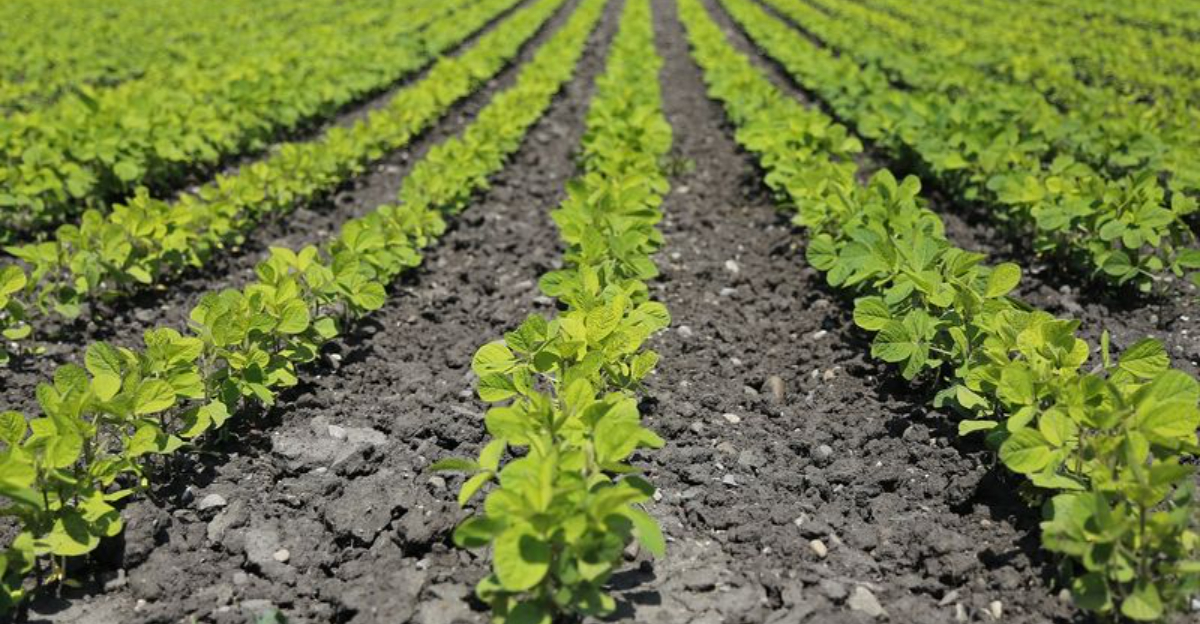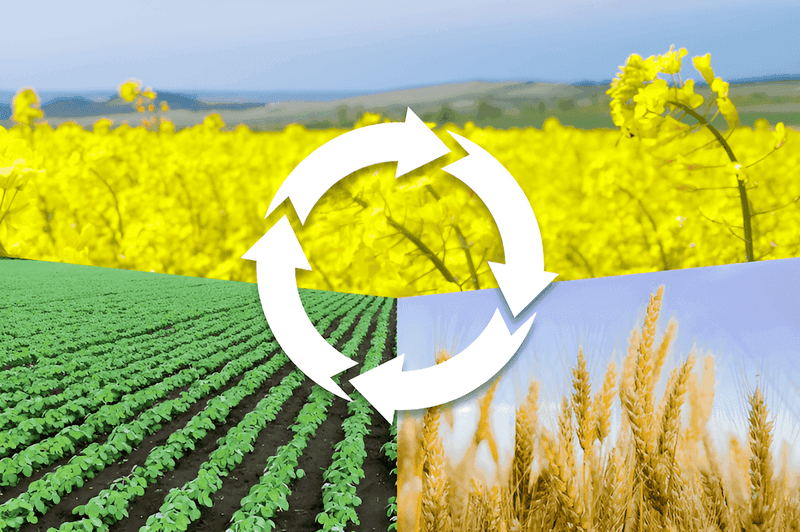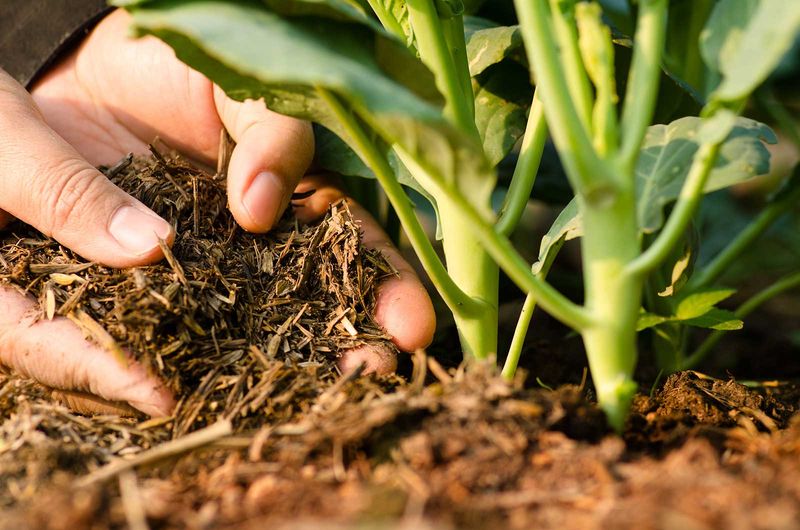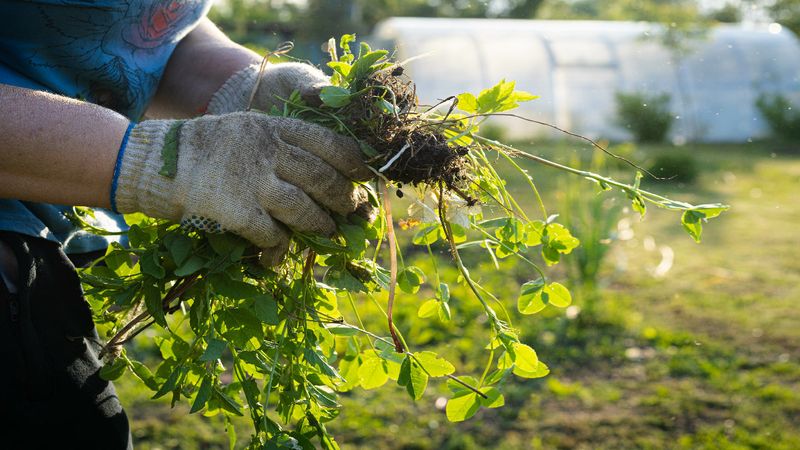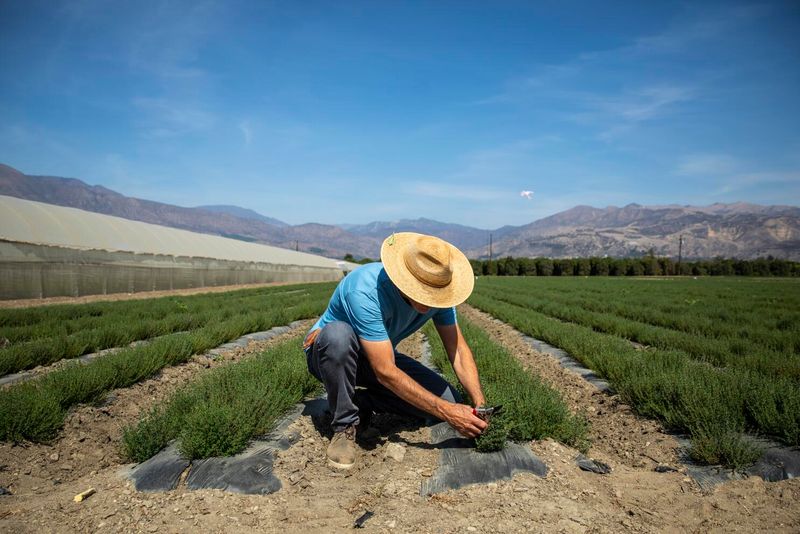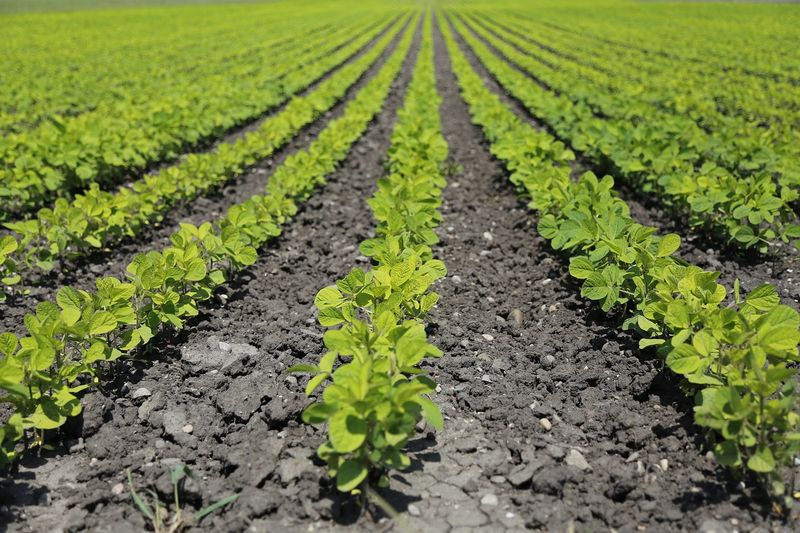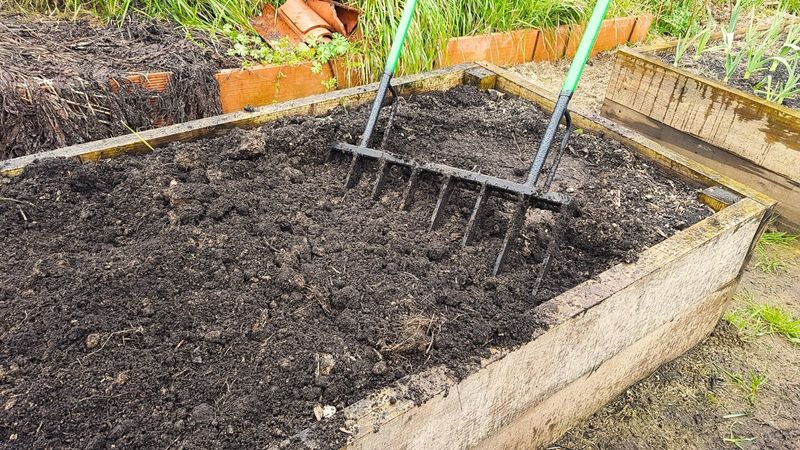Rotating your crops before spring is crucial for maintaining healthy and productive agricultural practices.
This technique not only supports soil health but also boosts crop yields and ecosystem diversity. Below are ten compelling reasons to prioritize crop rotation in your farming strategy.
1. Pest and Disease Control: Disrupts the life cycles of pests and pathogens, reducing the risk of infestations.
Crop rotation is a powerful tool against pests and diseases. By changing the types of crops grown in a particular field, you effectively disrupt the life cycles of pests and pathogens that are specialized to certain plants.
This makes it difficult for these unwanted guests to establish a foothold. Additionally, rotating crops reduces the chances of infestations, as different crops attract different pests and diseases.
This natural method lessens the need for chemical pesticides, promoting a healthier environment. Incorporating this strategy not only preserves crop health but also enhances the overall resilience of your farm ecosystem.
2. Nutrient Management: Prevents depletion of specific soil nutrients by varying crop demands.
Effective nutrient management is crucial for sustainable farming. Rotating crops helps prevent the depletion of soil nutrients, as different plants have varying demands.
For instance, legumes can fix nitrogen, enriching the soil for subsequent crops that require more nitrogen. This practice ensures balanced soil nutrition, eliminating the need for excessive synthetic fertilizers.
By thoughtfully planning your crop rotations, you can maintain a naturally fertile soil, leading to healthier plants and higher yields. Embrace this method to foster a thriving agricultural environment that benefits both the land and your produce.
3. Improved Soil Fertility: Allows soil to naturally replenish organic matter and nutrients between plantings.
Enhanced soil fertility is one of the key advantages of crop rotation. When you rotate your crops, you give the soil time to recover and replenish its organic matter and nutrients.
This natural process results in richer, more fertile soil that’s ready to support new growth. Over time, this replenishment leads to improved crop yields and healthier plants.
It’s an effective way to sustain long-term agricultural productivity without relying heavily on artificial fertilizers. By prioritizing soil health through rotation, you’re investing in the future vitality of your land.
4. Enhanced Soil Structure: Different root systems help aerate the soil and improve its overall structure.
Diverse root systems from varied crops play a significant role in enhancing soil structure. As you rotate crops, different root types penetrate the soil at varying depths, helping to aerate and improve its overall composition.
This natural aeration allows for better water infiltration and root growth, promoting a more robust crop production environment. Additionally, improved soil structure reduces erosion and compaction, ensuring long-term soil health.
Incorporating crop rotation into your farming practices paves the way for sustainable agriculture, supporting both current and future crop cycles with ease.
5. Weed Suppression: Interrupts weed growth cycles, making it easier to manage unwanted plants.
Weed management becomes more manageable with strategic crop rotation. By changing the types of crops planted, you interrupt the life cycles of common weeds, making it difficult for them to establish dominance.
This method reduces the reliance on chemical herbicides, which can harm the environment and non-target plant species. A well-planned crop rotation can naturally suppress weeds, allowing your crops to thrive without unwanted competition.
This approach not only supports a healthier environment but also enhances the efficiency of your farming operations.
6. Reduced Reliance on Chemicals: Lessens the need for pesticides and synthetic fertilizers, benefiting the environment.
By adopting crop rotation, you significantly lessen the need for pesticides and synthetic fertilizers. Different crops have varying pest and nutritional needs, allowing for a natural balance that reduces chemical interventions.
This practice not only benefits the environment but also supports beneficial organisms that contribute to soil and plant health. Reducing chemical reliance leads to healthier produce and a more sustainable farming ecosystem.
Prioritize rotation for cleaner, more organic farming, ensuring your land remains productive and environmentally friendly for generations.
7. Optimized Water Usage: Varies root depths and water requirements, promoting better soil moisture retention.
Optimizing water usage is a significant benefit of crop rotation. Different crops have distinct root systems and water needs, promoting efficient water retention and usage in the soil.
As you rotate crops, the variation in root depths helps maintain soil moisture levels, reducing water waste. This efficient water management supports healthy plant growth and conserves a vital resource.
By planning rotations around water needs, farmers can adapt to varying climatic conditions and reduce irrigation costs while ensuring robust crop yields. Embrace this strategy to enhance your farm’s sustainability and productivity.
8. Economic Benefits: Increases long-term crop yields and reduces losses from pest or nutrient issues.
Crop rotation offers significant economic advantages. By enhancing soil fertility and reducing pest and disease pressures, farmers can achieve higher long-term yields. This method decreases reliance on chemical inputs, lowering operational costs.
Moreover, diversified planting reduces the risk of significant losses from pest outbreaks or nutrient deficiencies, ensuring more stable income streams.
Embracing crop rotation is a smart investment in sustainable agriculture, driving economic resilience while supporting environmental health. Make crop rotation a cornerstone of your farming approach to enjoy these lasting financial rewards.
9. Biodiversity Boost: Encourages a diverse range of soil organisms, enhancing overall ecosystem health.
Enhancing biodiversity is a crucial advantage of crop rotation. By varying your plantings, you support a wider range of soil organisms, from beneficial microbes to essential insects. This diversity fosters a healthier ecosystem, improving soil structure and fertility.
Additionally, a biodiverse environment is more resilient to pests and diseases, reducing the need for chemical controls.
Supporting biodiversity through crop rotation not only benefits the immediate farm environment but also contributes to broader ecological health. Prioritize this practice to cultivate a balanced and thriving agricultural ecosystem.
10. Spring Preparation: Ensures the soil is balanced and ready to support robust growth for new crops.
Preparing your fields for spring is easier with crop rotation. By rotating, you ensure the soil remains balanced and nutrient-rich, ready to support the vigorous growth of new crops.
This readiness leads to more successful plantings and higher yields come harvest time. A well-prepared field is less susceptible to pest outbreaks and environmental stresses, ensuring a strong start to the growing season.
Embrace crop rotation as part of your spring preparation strategy to maximize productivity and ensure a robust farming cycle year after year.
